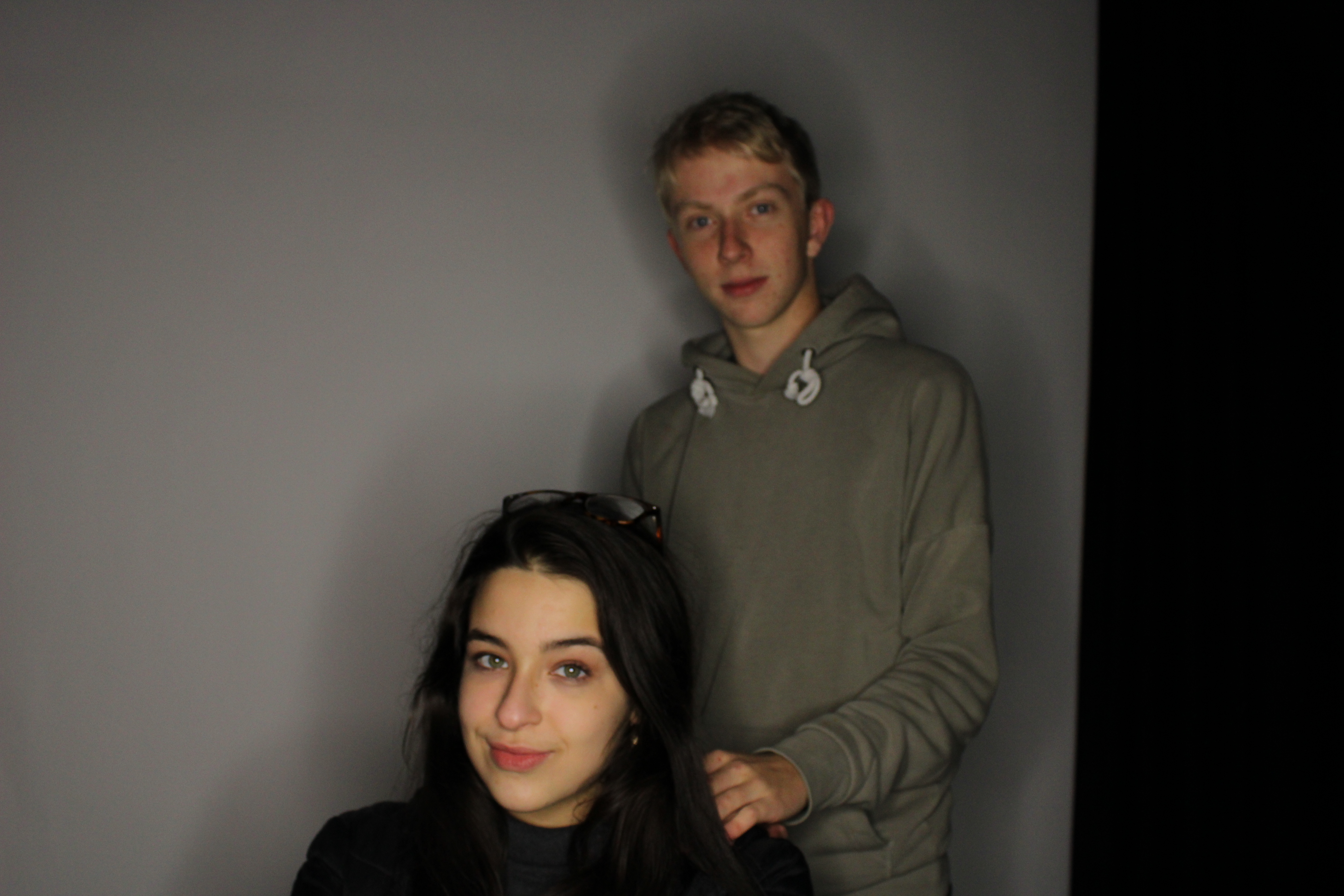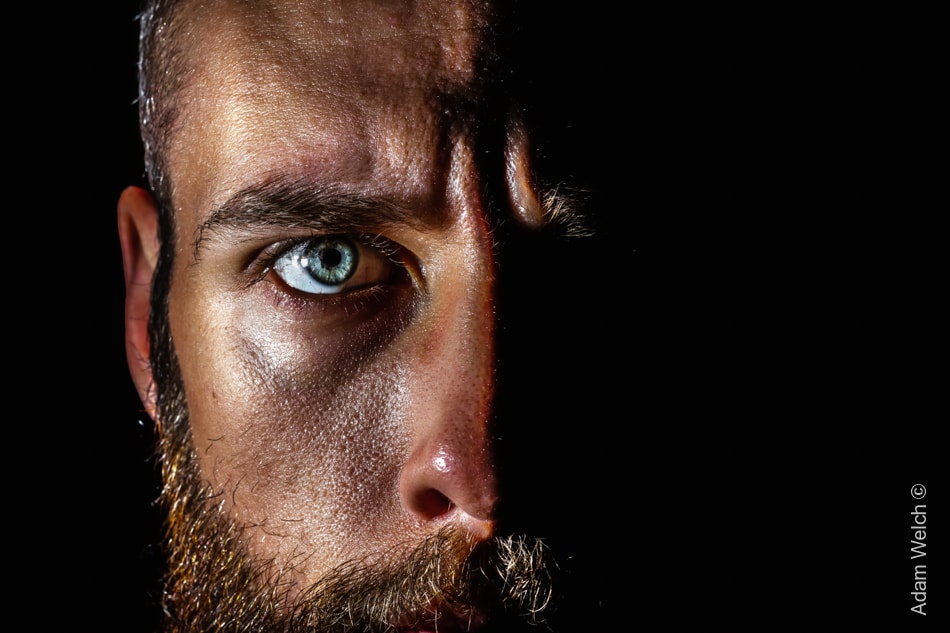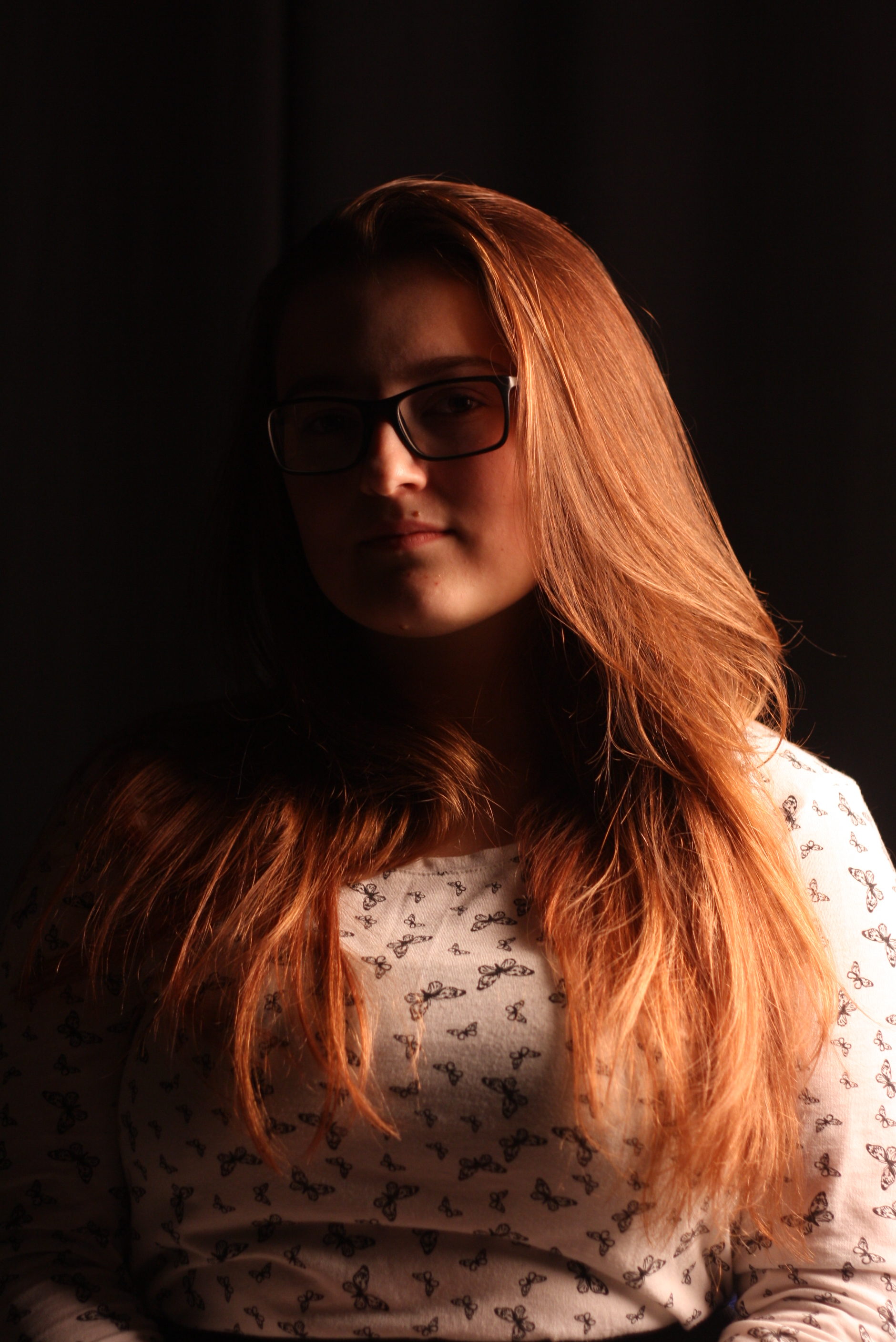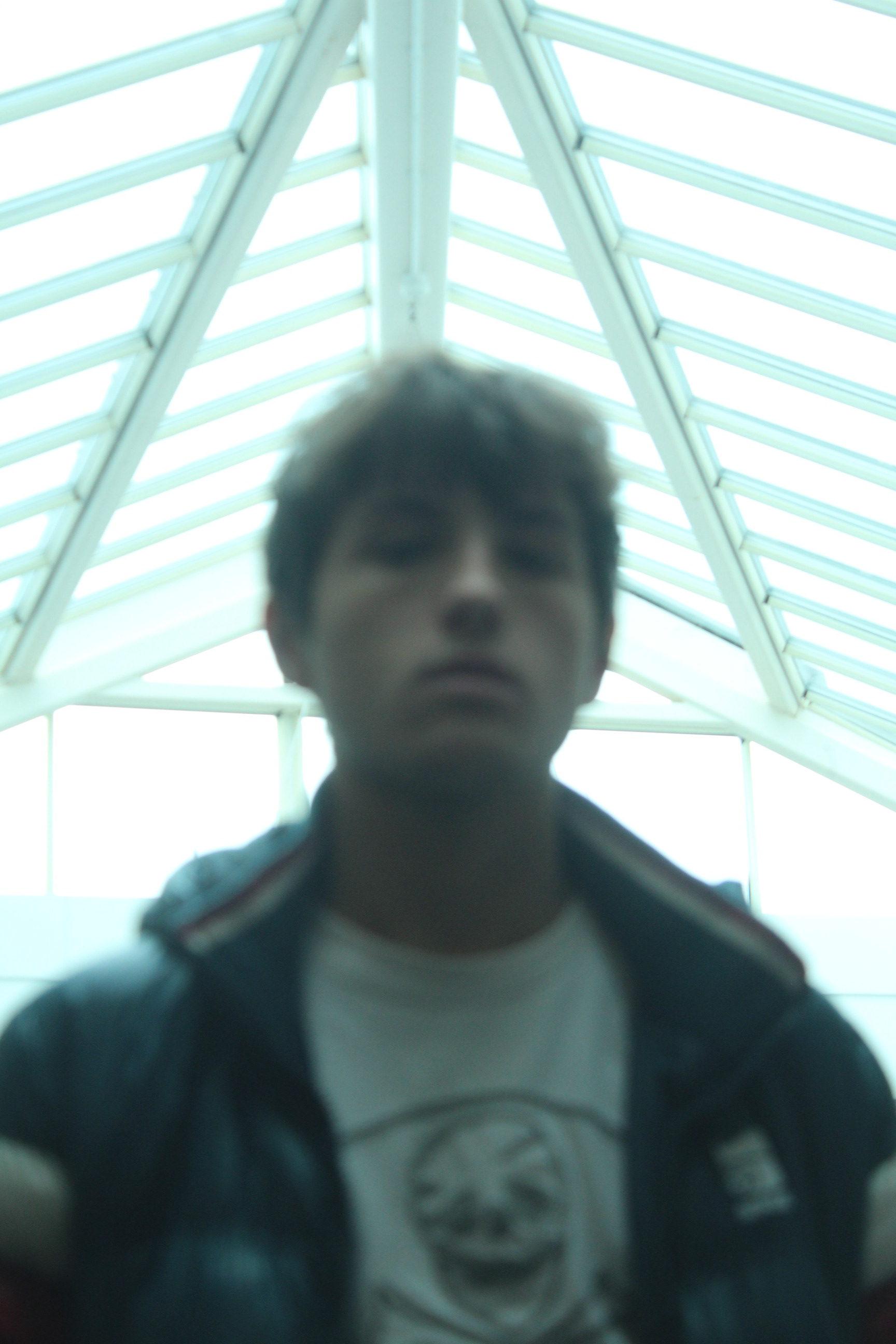Place identity or place-based identity refers to a cluster of ideas about place and identity in the fields of geography, urban planning, urban design, landscape architecture, environmental psychology, ecocriticism and urban sociology/ecological sociology.
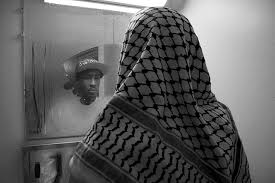
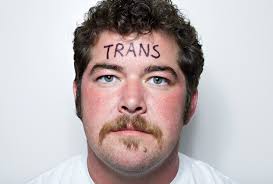
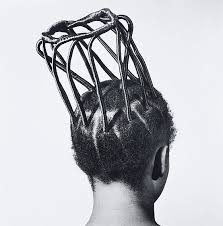
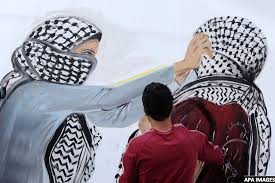
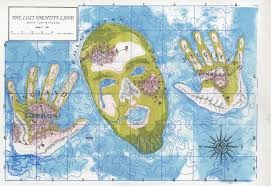

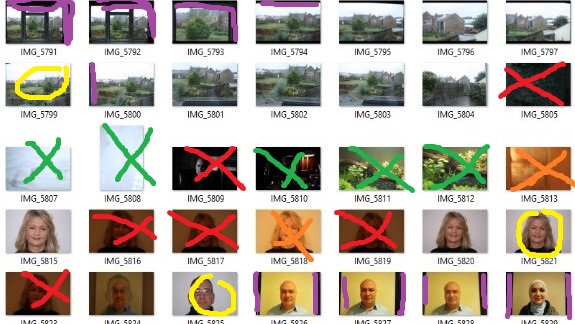
- Sam Contis
- Andrzej Steinbach
- Paul Mpagi Sepuya
- Sofia Borges
- Shilpa Gupta
case study 1:
Sam Contis

Sam Contis lives and works in California. Her work has been shown internationally with recent exhibitions in Los Angeles, Amsterdam, Antwerp, and London, and solo shows at the Berkeley Art Museum and Pacific Film Archive and Klaus von Nichtssagend Gallery in New York. She is a recipient of the 2017 Nancy Graves Foundation Artist Grant, 2016 Aaron Siskind Foundation Fellowship, and the Tierney Fellowship. Contis’s work is represented in the collections of the Los Angeles County Museum of Art, the Yale University Art Gallery, and the Whitney Museum of American Art. Deep Springs, her first book, was recently published by MACK. In 2018, her work will be on view in “Being: New Photography” at the Museum of Modern Art in New York.

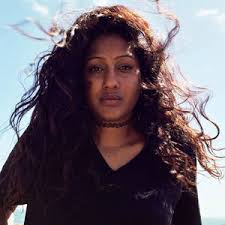
Sonal Kantaria is a visual artist and academic based in London and holds a Masters in Photojournalism from the University of Westminster, UK. She is currently undertaking a PhD in Film Studies at King’s College London.
Her work has been exhibited extensively both in the UK and internationally. Her film and photographic project Naseeb: Traffickedwas shown as a solo exhibition both at the Perth Centre for Photography (2013) and by at Next Level Projects in London and presented by Autograph ABP (2012). The work was also selected and exhibited by the Photographers Gallery London for FreshFacedandWildEyed11.
In 2011 she was the finalist in the Julia Cameron Awards and a nominee for Magenta Flash Forward 2012. Sonal has completed an artist residency at the Perth Institute for Contemporary Art (PICA) (2015), Perth Centre for Photography in Australia (2013) and an artist residency with the City of Greater Geraldton in Western Australia (2014).
Aboriginal teenagers
In March 2014 I was commissioned as a community artist by DADAA as part of FIVE Geraldon a collaboration between DADAA and Rio Tinto. In collaboration with the Geraldton Streetwork Aboriginal Corporation (an organisation that brings about cultural awareness to young people) she designed and facilitated a photography workshop series with young people, aged 14-16 years. The workshops explored Aboriginal peoples connection to land, a cultural facet which resonated with the young people. The series culminated in an outdoor exhibition of young people’s work curated by myself. The opportunity for the young people to exhibit their own work was both empowering and significant in building their confidence.




1. I spoke to him about his identity placement and this is what he told me “sometimes i look in the mirror and i don’t even know who am i exactly. and he explained to me that this is due to the continuous movement between the two cultures which are English and Swiss
2. Secondly i photographed him with my camera at a fast shutter speed with florescent shutter speed and while on manual mode. i used the day light coming from the window as it was a cloudy day and that means the light was diffused which produces a good portarait and mixed it with the florescent light from the class rooms lighting system.
3. I created a mood board and chose my final image then installed it on to Photoshop cc.
4. I researched photographs of Switzerland and used the best one as my background as i don’t have any access to take photographs of Switzerland, so i cropped my portrait and added it on top of the landscape photo as a normal layer.
5. Then i decreased the opacity of the portrait to when its just about right.
6. Lastly i used the eraser with low opacity to soften the edges of the photograph and blend it in with the photograph.
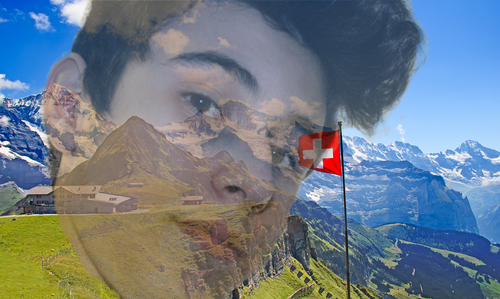 The reason i created this photograph was to show how this foreign student looks back at his country at all times but cant due to current situation so he is currently lacking identity and that’s what happens when people migrate to other countries.
The reason i created this photograph was to show how this foreign student looks back at his country at all times but cant due to current situation so he is currently lacking identity and that’s what happens when people migrate to other countries.
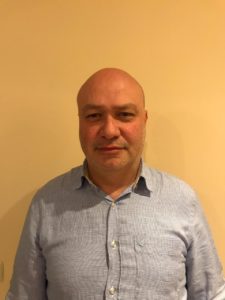
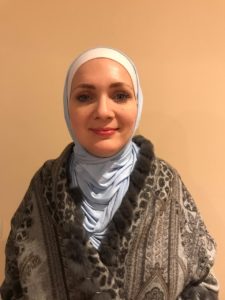
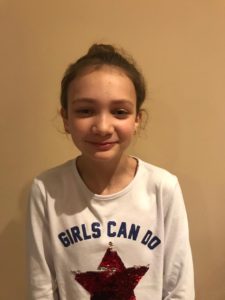
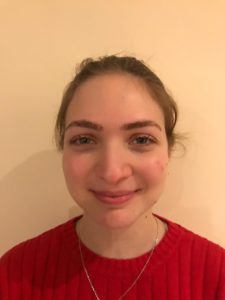

in this piece i just added all the photographs with my father in the background with 100% opacity because hes the oldest and hes normally in charge. then i added my mother’s photograph on top it with around 70% opacity because shes the youngest of my parents, after that i added my older sister’s photograph with 50% opacity as shes the oldest sibling, and finally i added my youngest sister’s photograph with only 30% opacity as shes the youngest in the family. And the result was this image of all my family in one photograph and they are in order of oldest and most in charge to the youngest.
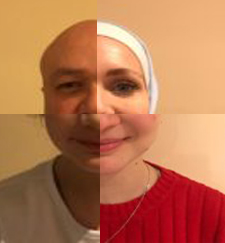
So in this piece or pieces i chose a part of each one of my family member’s face and combined them all to one piece. i chose my dads right eye to show the seriousness in his look and this is the way he looks at me as if im a grown up due to my ability to migrate alone at a young age. then i chose my mothers left eye to show how she looks at me and sees her young kid travelling between all these country’s alone and lost but still looks at me in a way that shows how much shes suffering due to the sacrifice she made which was being with her son just for the sake of him having a better future. and lastly i combined both my sisters smiles to create one big smile and thatisthe thing keeping me going. they just always smile at me to give me motivation to go through all the rough times. Although the piece is in bad quality and thats because the photographs were taken using a phone so they’re in a different file format and when i transferred them to the computer they were in a small format so i had to maximize there size which made the pixels bigger and that resulted in a bad quality photograph.
My second part of the project was taking two photographs of both my grandmother and her partner and they are the christian part of my family that im living with right now. so i asked them to both to lay back against the white wall and pretend as if its a passport photograph and these were the results:
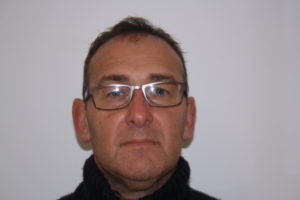
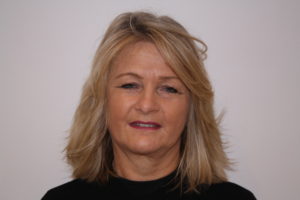
I had to take these photographs right before the exam as they wouldn’t let me photograph them in there natural appearance and kept delaying just to get ready. and that is one thing i noticed about the difference between the two cultures, English people don’t like to show there pain, suffering, or any personal problems; meanwhile Arabic people or at least my family don’t usually hide there pain or personal problems and are more open minded about it so they would let me photograph them whenever and wherever, unlike my christian family. and unfortunately my grandmother’s partner didn’t accept taking off his glasses as he “wouldn’t look good”, so that made the flash reflect from his glasses. so i tried to combine both photographs into one photo montage piece and that’s what i came up with:
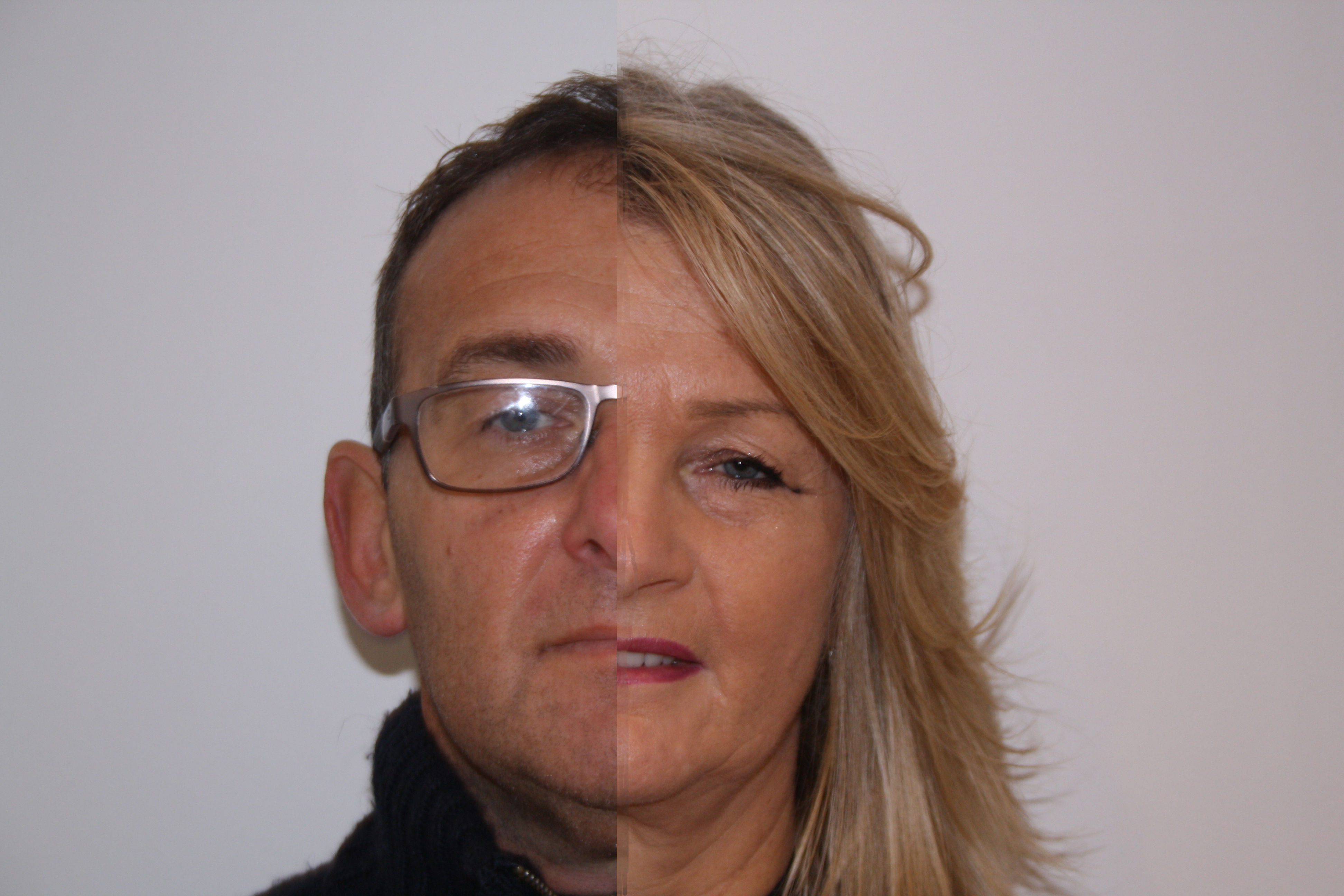
personal view of difference between living in Jordan and the UK:
living between these two places really plays with your head and changes the way you see and think about stuff. but the biggest difference i have noticed about my self is that i got fat here in England, i’m not sure why exactly that is but probably because Jordan used to provide a good sports system and if a person was good at a certain sport they pay him for practicing it and i was good at cycling so i was in the Jordanian Olympic team and one several medals among playing against Arabic and bordering countries and i used to get payed for it so i practiced it a lot meanwhile in England i’m not doing much sports and eating a lot due to stress and that’s why i gained weight. to provide evidence for that i used two pictures, one was taken of my back in my homeland and the second one was taken of me in my current environment and these where the results:
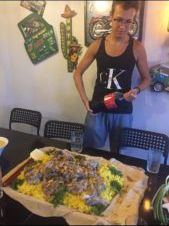
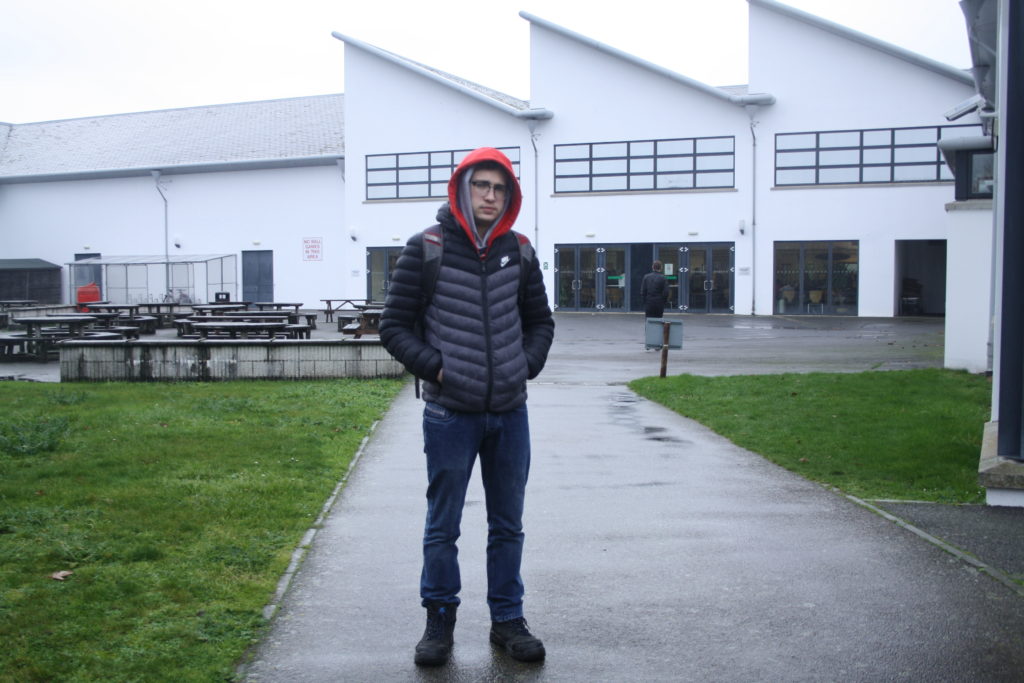
The first portrait is of me two days before i moved to England, showing how healthy and skinny i was, meanwhile in the second one you can see how much i have gained weight. the first one was taken in the 30th of July during my birthday, while the second one was taken right before my mock exam to show exactly where i am at right now. in the first photograph my friends took of me because i had a unique expression on my face looking at that dish of ‘Mansaf’ the Jordanian traditional dish also my favorite dish. and i asked for it instead of a birthday cake due to how much i like it. and that look on my face basically means “i cant wait to put you in my belly”. Also you can notice the difference in the style of clothing between the two portraits, in the first one i was wearing a tank top in addition to shorts and that’s due to the climate there being very warm and humid, plus in that culture no one really cares what are you wearing so you wont find much people wearing formal clothes a most times; meanwhile in England you can see how different the style of clothing there is, first of i was wearing boots due to the rain with multiple hoodies and a puffer jacket, and lastly some jeans. i am wearing that type of clothes because of how cold and rainy it is, plus in England people normally wear normal to casual clothes at most times. lastly you can see the difference in the color of my skin being darker in Jordan due to the amount of sunlight i get exposed to there. The first photo was taken in my fathers restaurant using a mobile phone, while the second one was taken at my school using the school’s camera.
I also wanted to show the difference in the geographical characteristics between Jordan and England, because the geography of the place your living in plays a big role in your geographical identity.
In order to do that i took two photographs showing the view from both my rooms, the one in Jordan and the room in England and compare them with each other, so this is what i came up with:
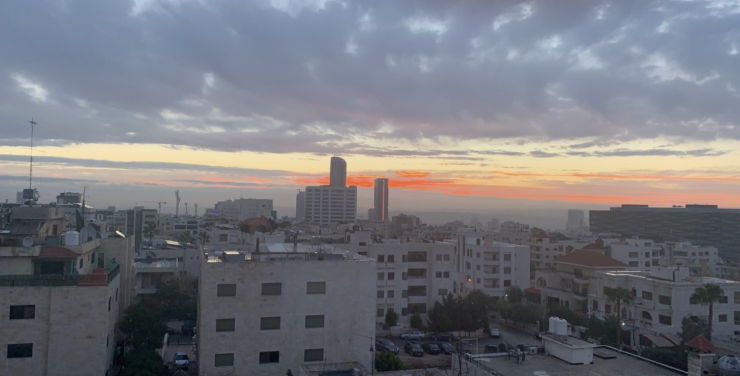
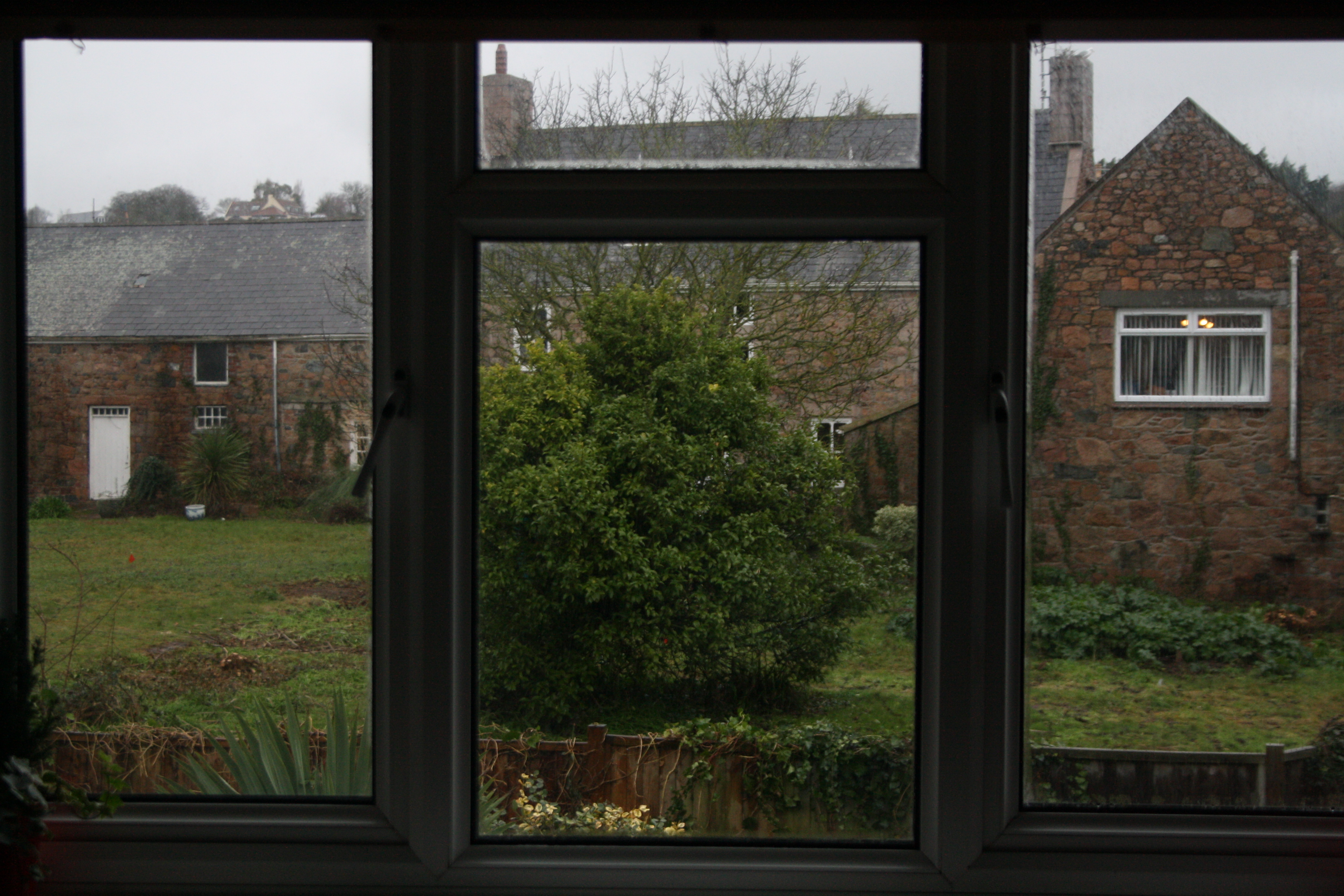
You can see the difference between the geography of |Jordan and England, in England all i can see from my room is just the house behind us and the small backyard with a pale sky that you cant see due to the amount of clouds in England but it has some greenery and that’s something less common in Jordan. while in the photograph of the view from my room in Jordan you can see beautiful colorful skies with a lot of building and that’s due to the big size of the population in Jordan comparing to Jersey. i took the first photograph using my phone when i went back to Jordan during Christmas 2018. and the second one was taken using the school’s camera 2 days before my mock exam.
The last way to show the difference of the geography of both countries is by comparing two photographs taken from the plane in both England and Jordan and these were the results:

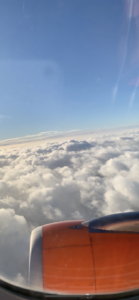
So the photograph on the right is a planes eye view of England from the window and you can see that its pretty much just clouds while in the photograph on the left its when i arrived Jordan in the same plane and its the bird’s eye view of Jordan and you can see that it’s pretty much just a desert but that’s the area that is uninhabited. both photographs were taken in December 2018 using my mobile phone.
Conclusion
So you can see now how much a person’s identity can be influenced by “place”, or belonging, tour environment or upbringing.


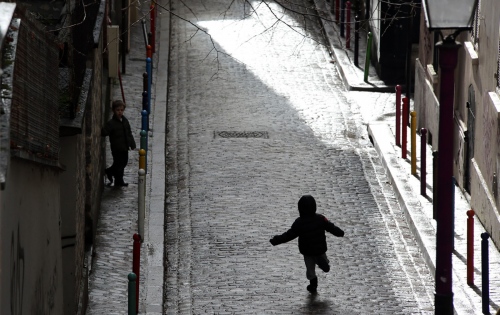



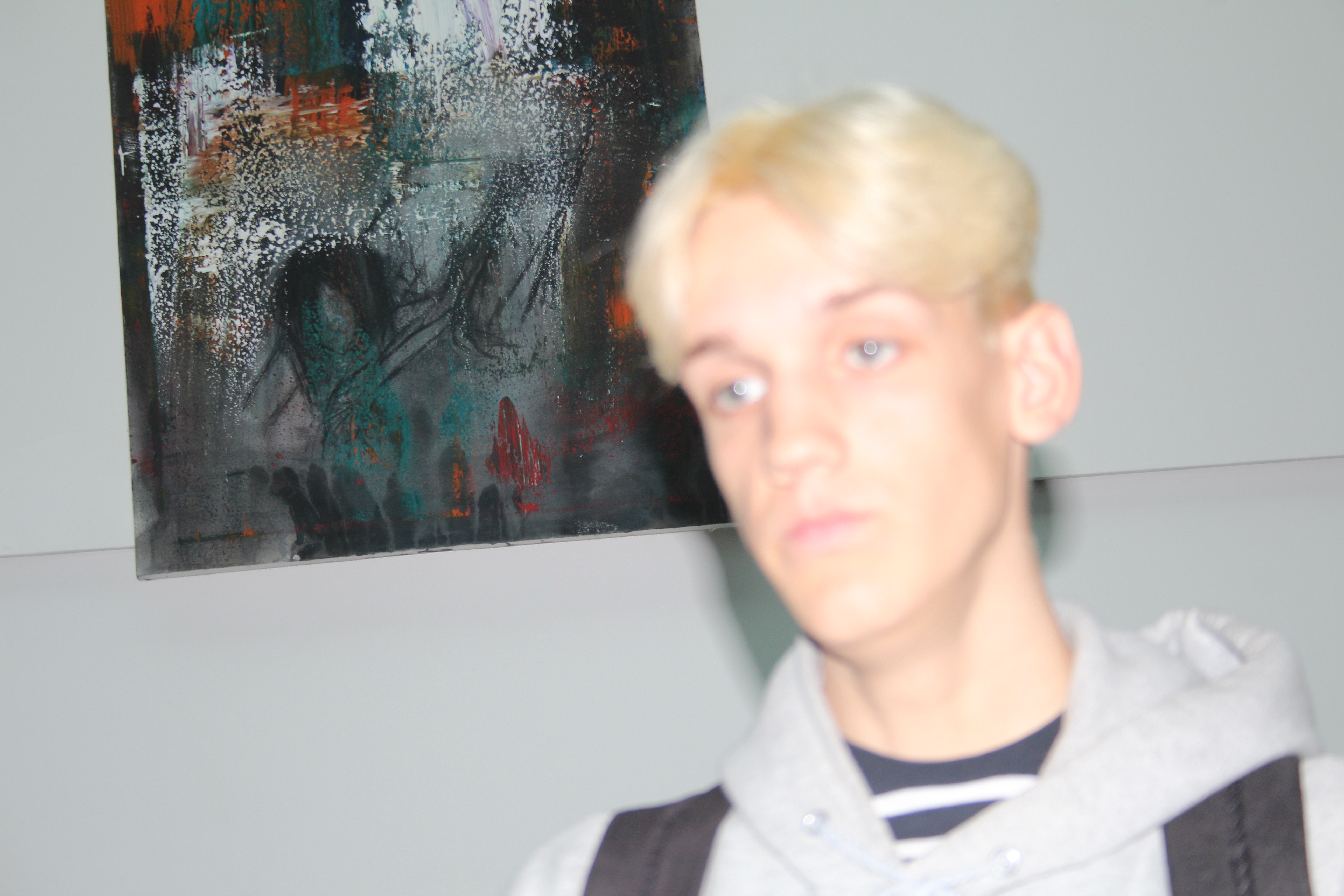

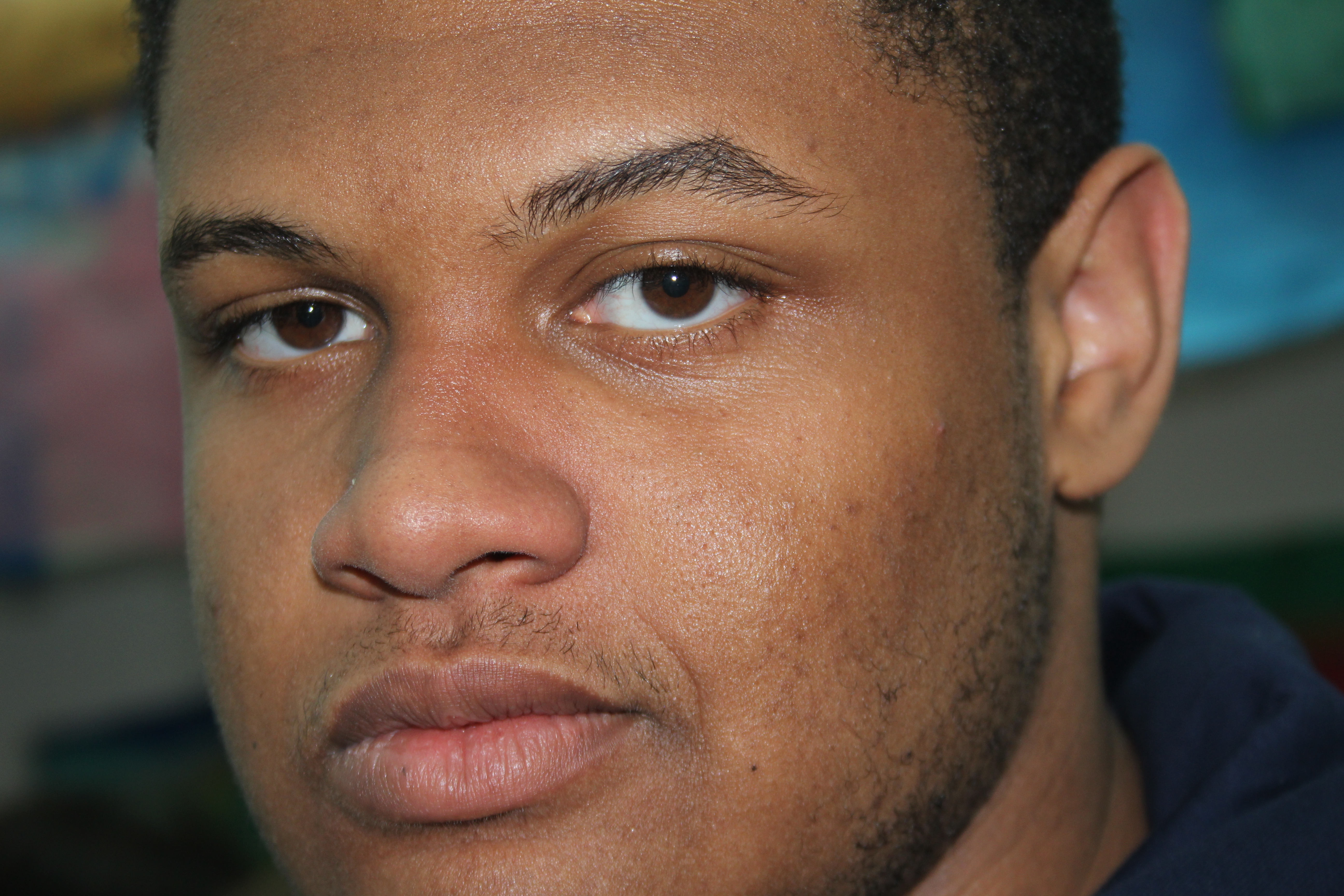

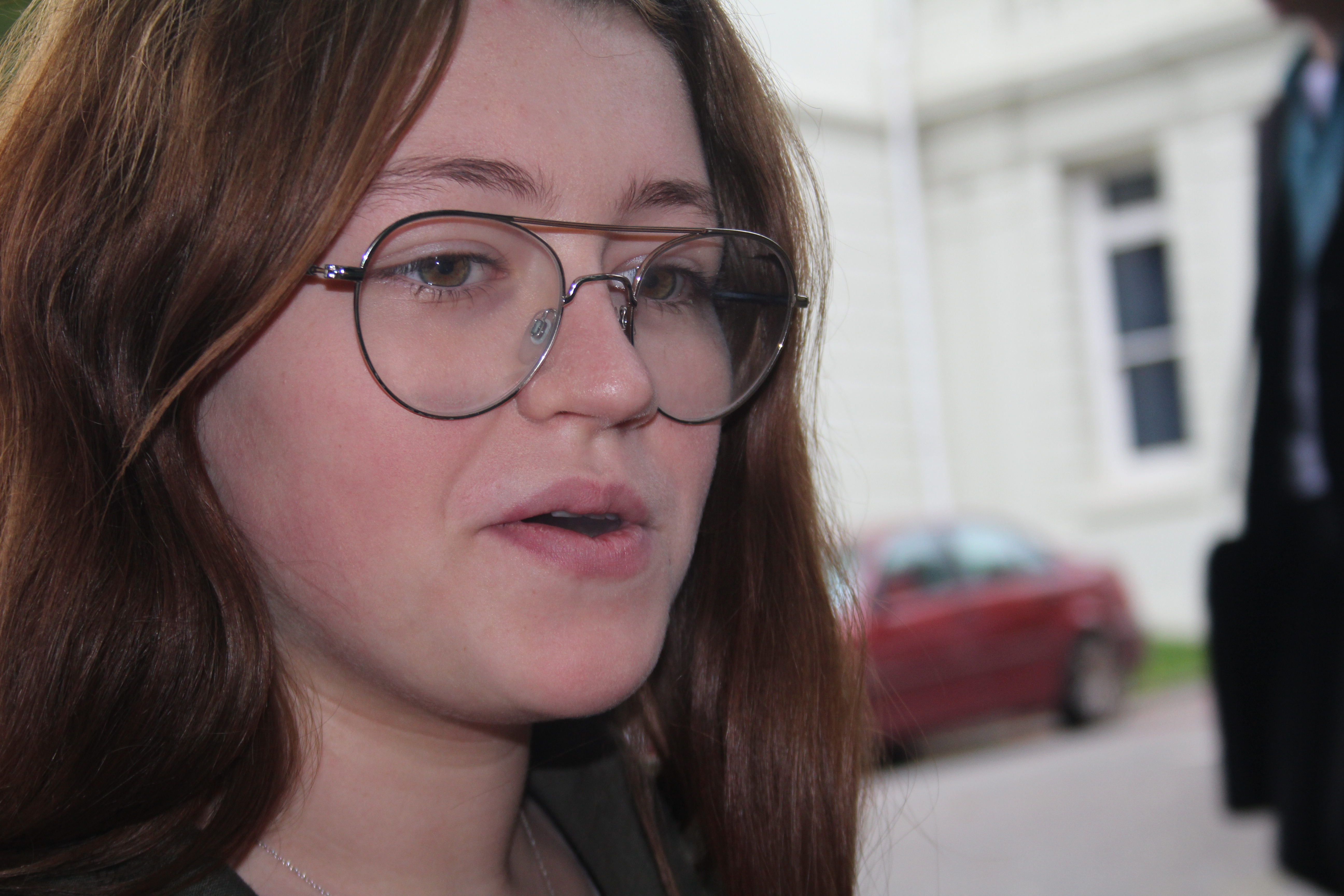

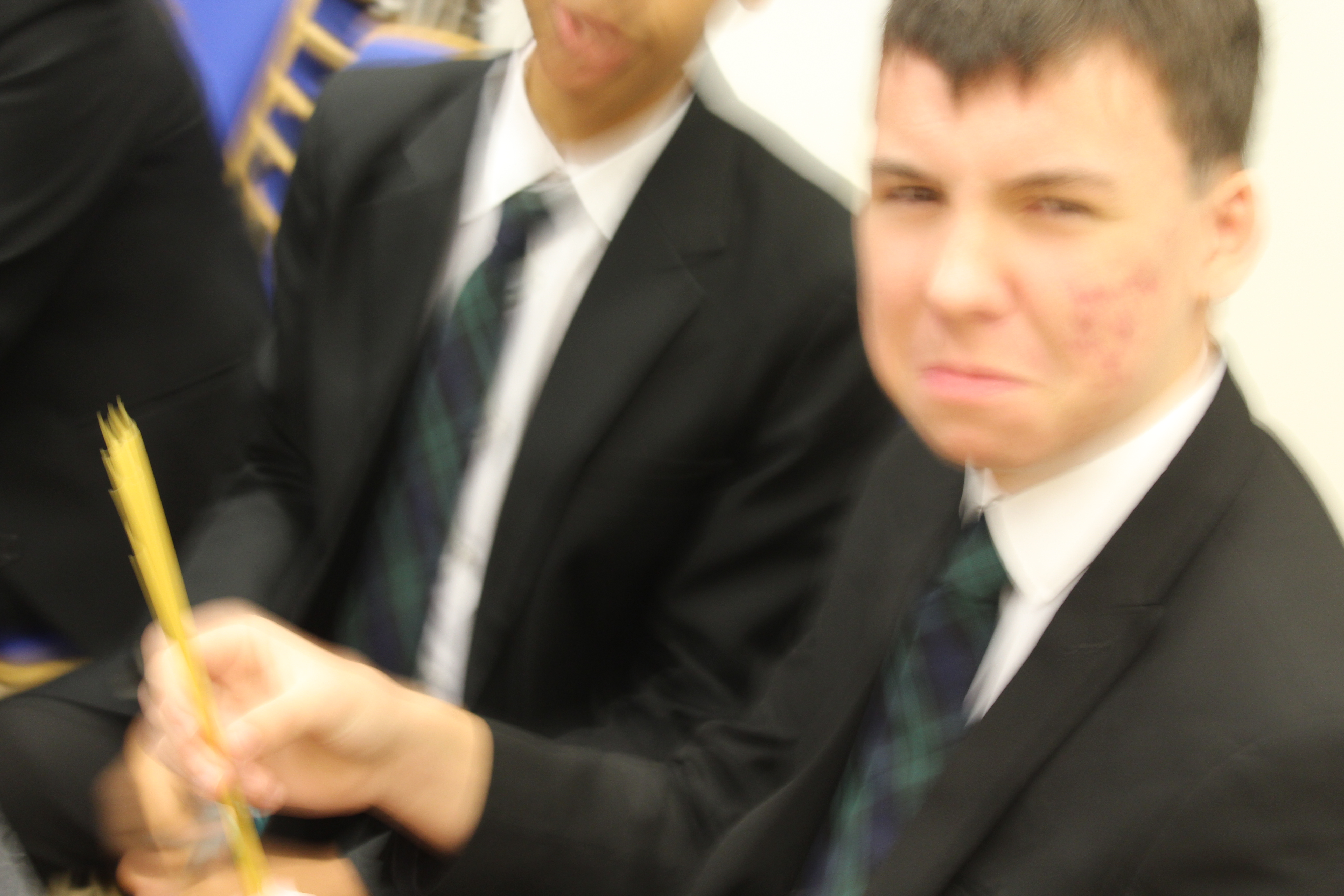


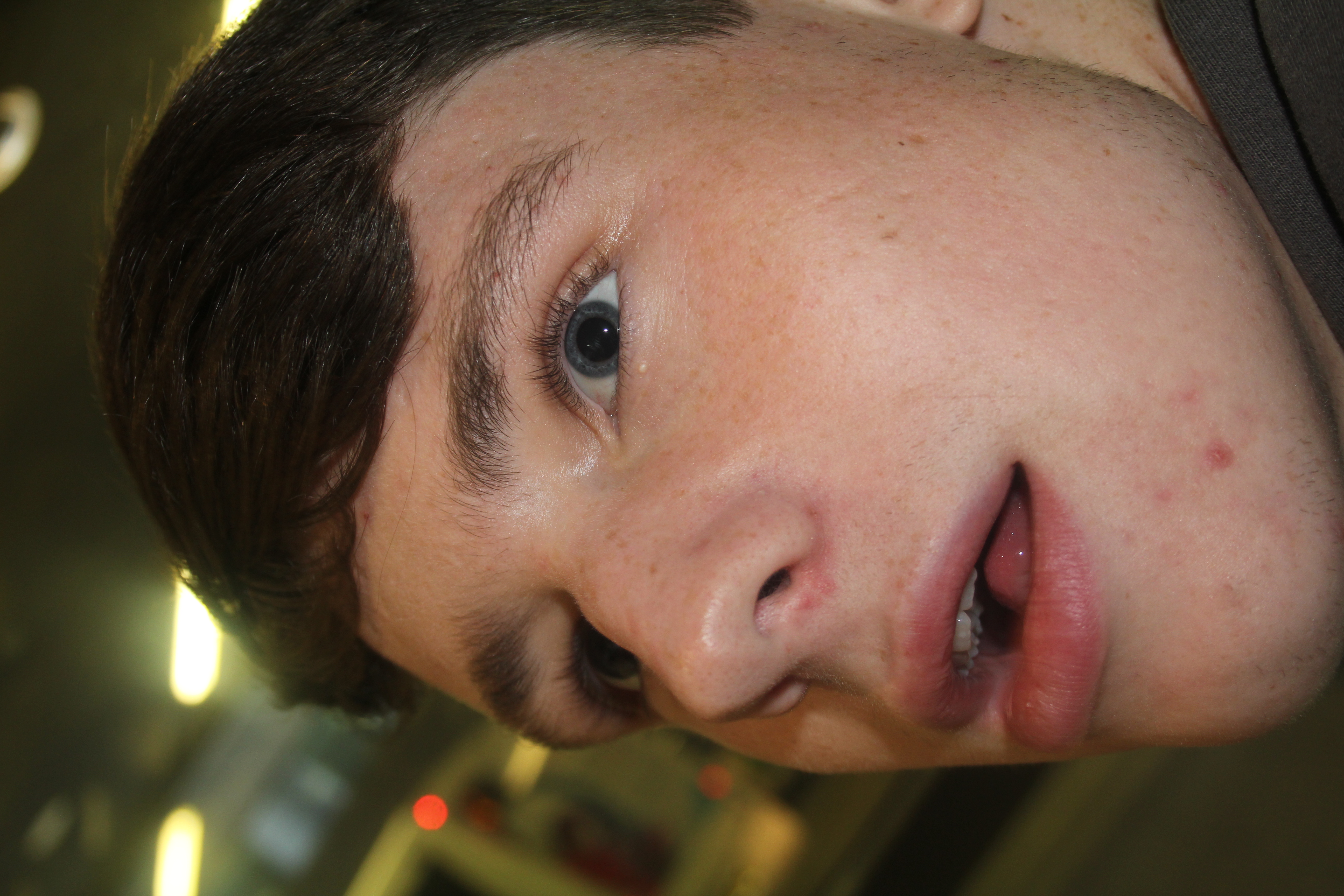




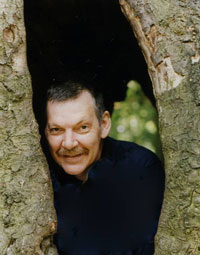

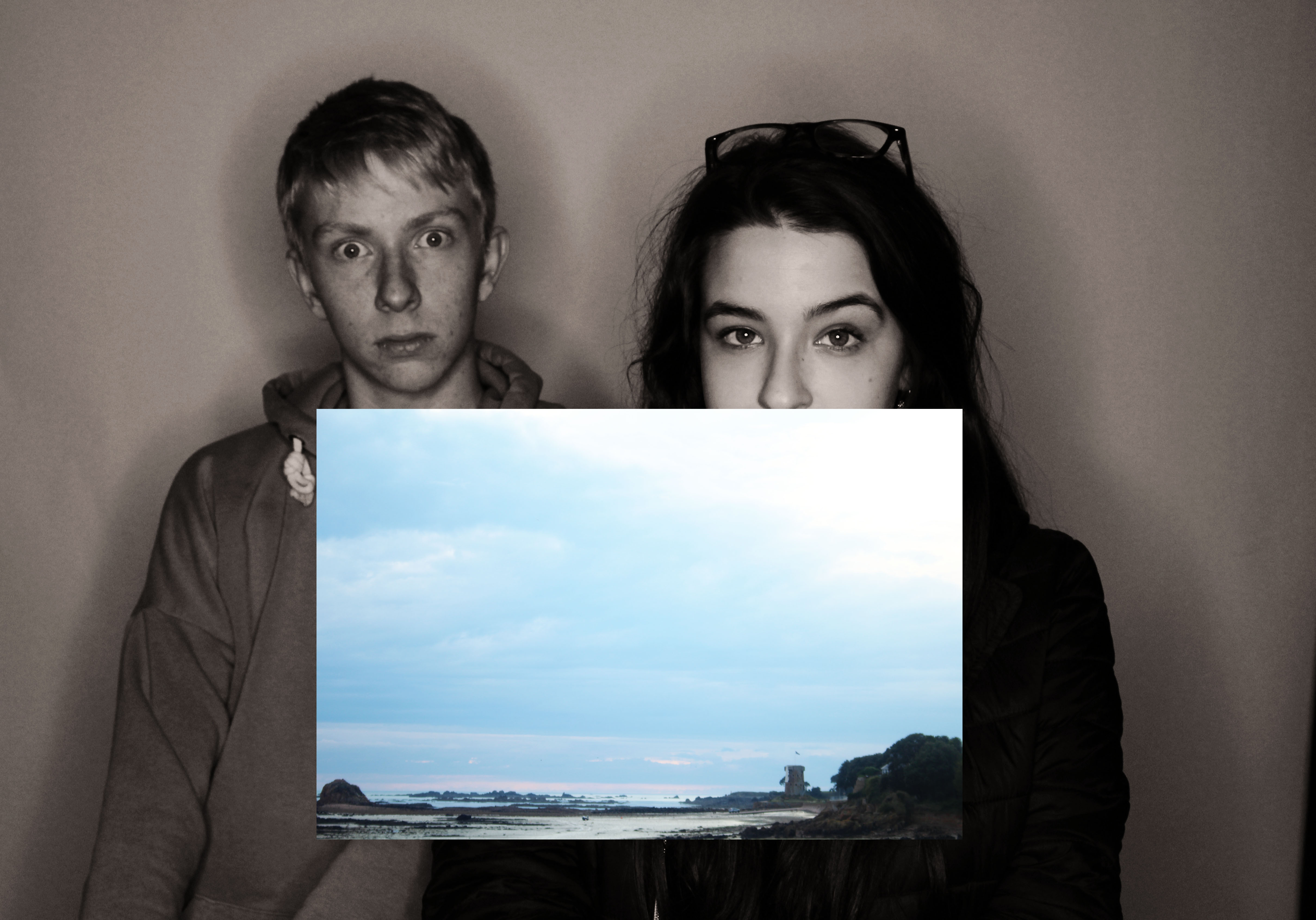


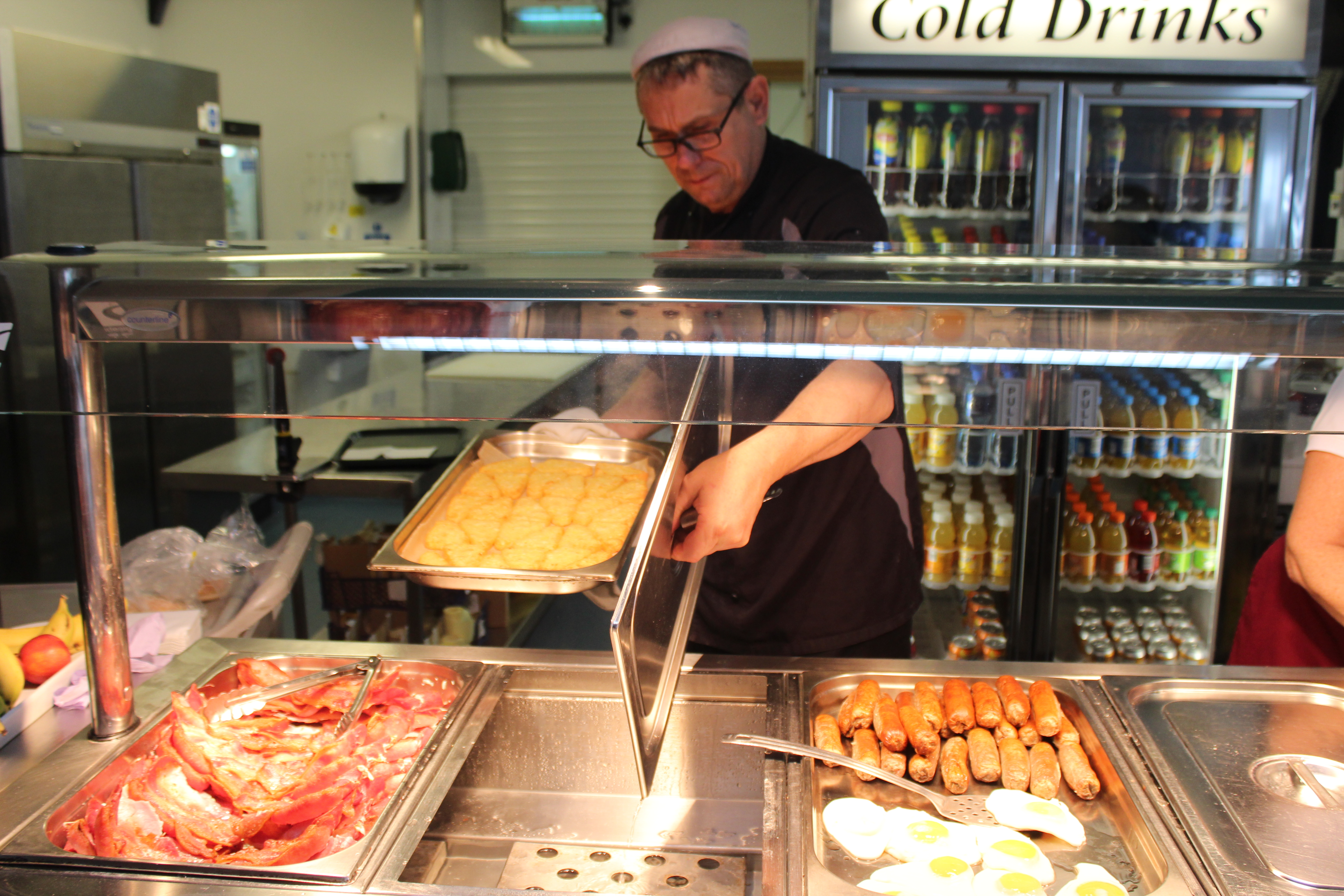
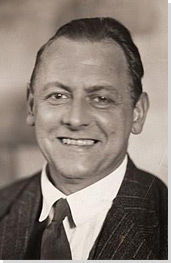
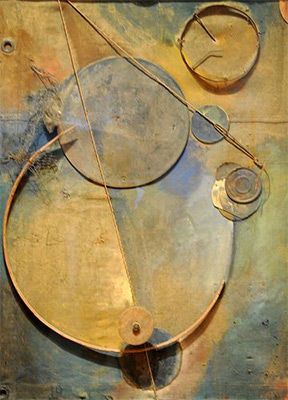
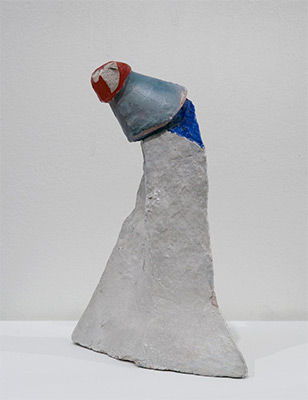




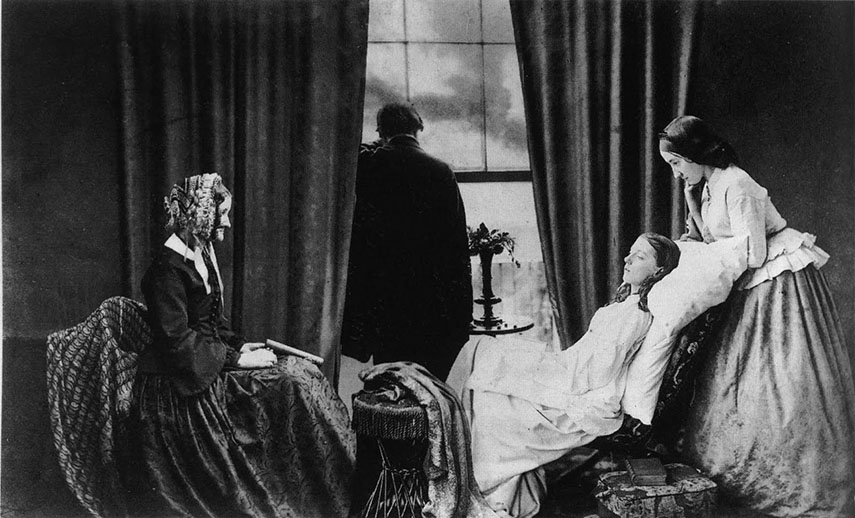






 Reflectors are one of the most widely used tools in studio photography.
Reflectors are one of the most widely used tools in studio photography.

